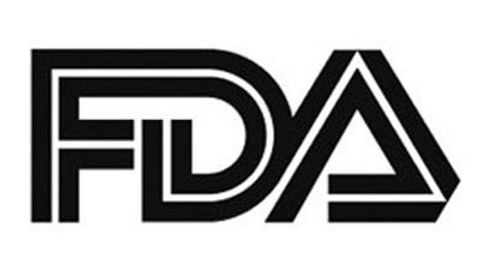FDA Defers Approval Decision for Tislelizumab in Unresectable or Metastatic ESCC
The FDA has deferred action on the biologics license application for tislelizumab as a second-line treatment in esophageal squamous cell carcinoma.

The FDA has deferred action on the biologics license application (BLA) for tislelizumab as a second-line treatment for patients with unresectable or metastatic esophageal squamous cell carcinoma (ESCC), according to BeiGene.1
Due to travel restrictions from the COVID-19 pandemic, the FDA has been unable to conduct required inspections in China. The FDA is deferring action on the BLA until the inspections are complete.
Previously in September 2021, the FDA accepted the BLA for tislelizumab in second-line ESCC and set a Prescription Drug User Fee Act goal date of July 12, 2022. The basis for the BLA submission came from findings of the phase 3 RATIONALE 302 trial (NCT03430843).
“We are working with our partner, Novartis, to facilitate the required inspections and bring tislelizumab to patients with second-line esophageal cancer in the United States following regulatory approval,” said John V. Oyler, co-founder, chairman, and chief executive officer of BeiGene, in the press release.
In the randomized, open-label, multi-regional, phase 3 RATIONALE 302 trial, 512 patients were enrolled in order to evaluate the efficacy and safety of tislelizumab in the second-line as treatment for patients with advanced unresectable/metastatic ESCC that has progressed during or after first-line therapy.2
Enrollment in the study was open to patients with a confirmed diagnosis of ESCC, progression during or after first-line treatment, at least 1 measurable lesion, an ECOG score of 0 or 1 prior to randomization, and adequate organ function. Eligible patients were randomized into either the experimental arm where they were given tislelizumab at a dose of 200 mg intravenously every 21 days, or in the control arm where patients received investigators' choice of chemotherapy.
The primary end point was overall survival (OS) with secondary end points including overall response rate (ORR), progression-free survival (PFS), duration of response (DoR), health-related quality of life, and adverse events (AEs).
The 512 participants included in the analysis were split evenly between the control (n = 256) and the experimental (n = 256) arms with the median age of participants being 62 years (range, 35-86).The median follow-up in the experimental arm was 8.5 months vs 5.8 months in the control arm. The median OS in the experimental arm was 8.6 months and 6.3 months in the control arm (HR 0.70; 95% CI, 0.57-0.85, P = .0001). Within the experimental arm, ORR was higher at 20.4% compared with 9.4% in the control arm. Further, the DoR in the experimental group was 7.4 months vs 4.0 months in the control arm (HR, 0.42; 95% CI 0.21-0.84).3
In regard to safety, the rate of grade 3 or higher treatment-related AEs (TRAEs) 19.4% in the experimental arm vs 57.1% in the control arm. There were fewer serious TRAEs in the experimental arm (15.4%) compared with the control arm (20.9%). TRAEs leading to death occurred in 2.5% of the experimental arm vs 2.6% of the control arm.
With no anticipated action date in place, the application remains under review, and the FDA will continue to monitor the public health situation and travel restrictions.









